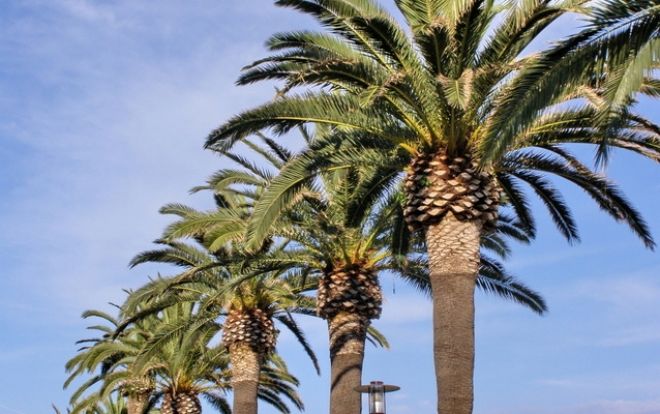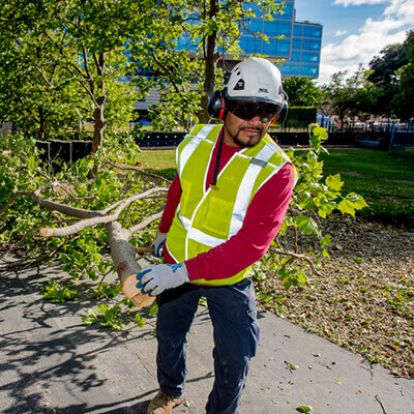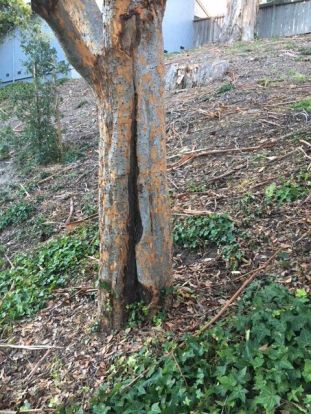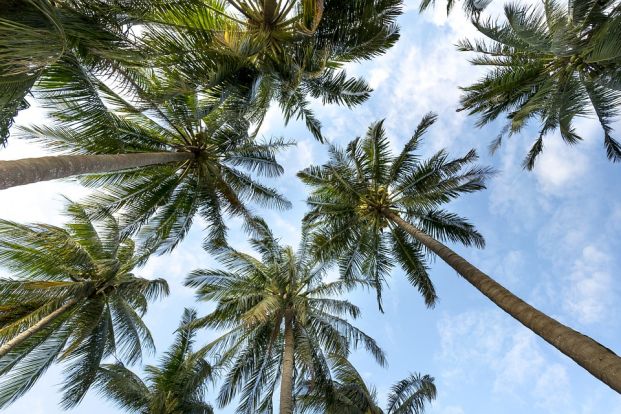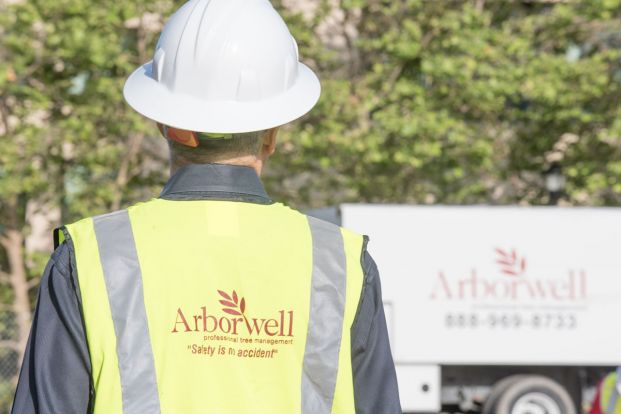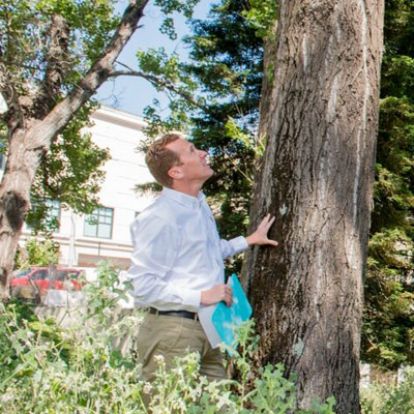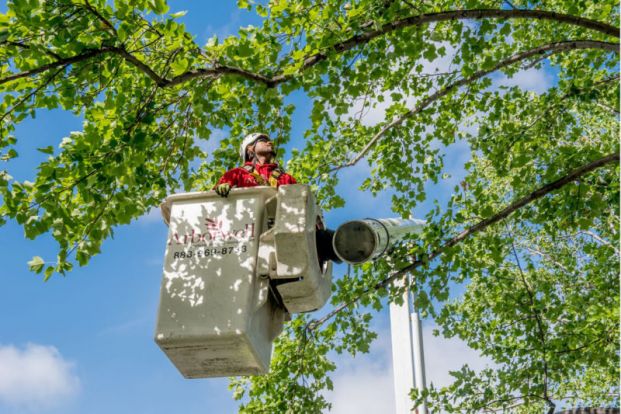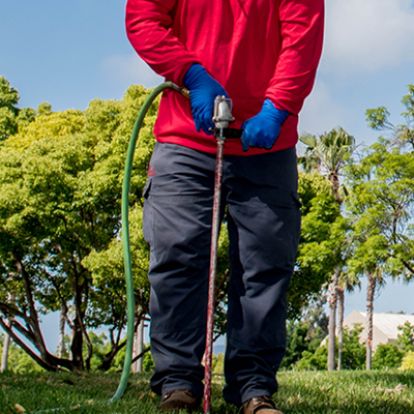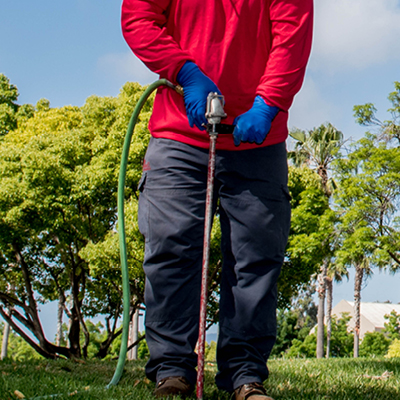There are many facets to caring for the grounds of your commercial property. It’s easy to become overwhelmed with these tasks, from regular maintenance like pruning and irrigation to soil health, and pest and disease control. These areas are where the skills of our San Diego certified arborists shine. What role can an arborist take in caring for your commercial landscaping?
Site Evaluation
Our arborists can evaluate your grounds, compiling an arborist report based on current or planned uses for your property, gathering essential data on:
- Tree species and condition
By identifying the type, location, number, and condition of trees on your property, our arborists can recommend a specialized care plan to support each species’ health and lifespan.
- Microclimate
Identifying the unique climate of your property, and how it differs from the surrounding area, can help you address tree health issues and select the best plant species for your grounds.
- Types of soils on your property
Our team has a thorough understanding of local soil types and how they impact tree health, irrigation, and fertilization needs.
- Watering and irrigation
Our San Francisco Peninsula experts know you can save water, manage drought, and improve the health of your trees with proper irrigation.
- Fertilizer use
Our knowledgeable arborists can identify fertilizers you’ve used in the past, how they’ve affected your soil, and the need for additional soil amendments.
- Pests and diseases
With an expert eye, an arborist can quickly detect ailing trees, recommending proper treatment options.
Learn more about our San Francisco, Oakland, and East Bay area services.
Landscaping Design
Once we’ve gathered essential information on your commercial site, we will enhance your landscape design. Our experienced arborists can help you select and plant trees ideally suited to thrive in the environment on your property. We have a thorough knowledge of tree species, providing you with a variety of noninvasive, native, drought-tolerant options. We can find solutions to enhance privacy, provide shade to reduce cooling costs, serve as a windbreak to reduce heating costs, improve air quality, control erosion on your San Jose area property, and more.
Planning for Long Term Plant Health
With proper care and maintenance, your trees will remain healthy, valuable assets within your landscape. After addressing the immediate needs of your plants, the knowledgeable arborists at our Seattle office will devise a long-term strategy to support the future health and longevity of your trees. Like the healthcare of people, vibrant, flourishing landscapes are the result of small, consistent investments in preventive care, directed by a professional arborist.
Tree Safety and Maintenance
A skilled arborist can quickly identify the safety and maintenance needs of trees on your Sacramento property. Our knowledgeable arborists can help you control property liability ensuring adequate clearance surrounding trees for pedestrians, vehicles, and utilities. We perform regular trimming and pruning to remove damaged, diseased, or dead branches, clean up messy fruit that can pose trip hazards, and identify other potential risks before damage or injury can occur.
Meticulous Care, Unparalleled Services
Our professional arborists are renowned for their technical expertise, attention to detail, and superior customer service skills. We excel in providing tree care solutions that enhance the community while supporting and protecting the environment. Let us help you transform your west coast commercial or residential property, adding value and appeal with beautiful, healthy well-groomed trees.
Proper care of trees is an investment that generates considerable returns. Learn more about the complementary role an arborist can play in your commercial landscaping care program. Schedule a tree assessment, or contact your local San Diego, Sacramento, San Francisco Bay Area, or Seattle Arborwell office to learn more today.

